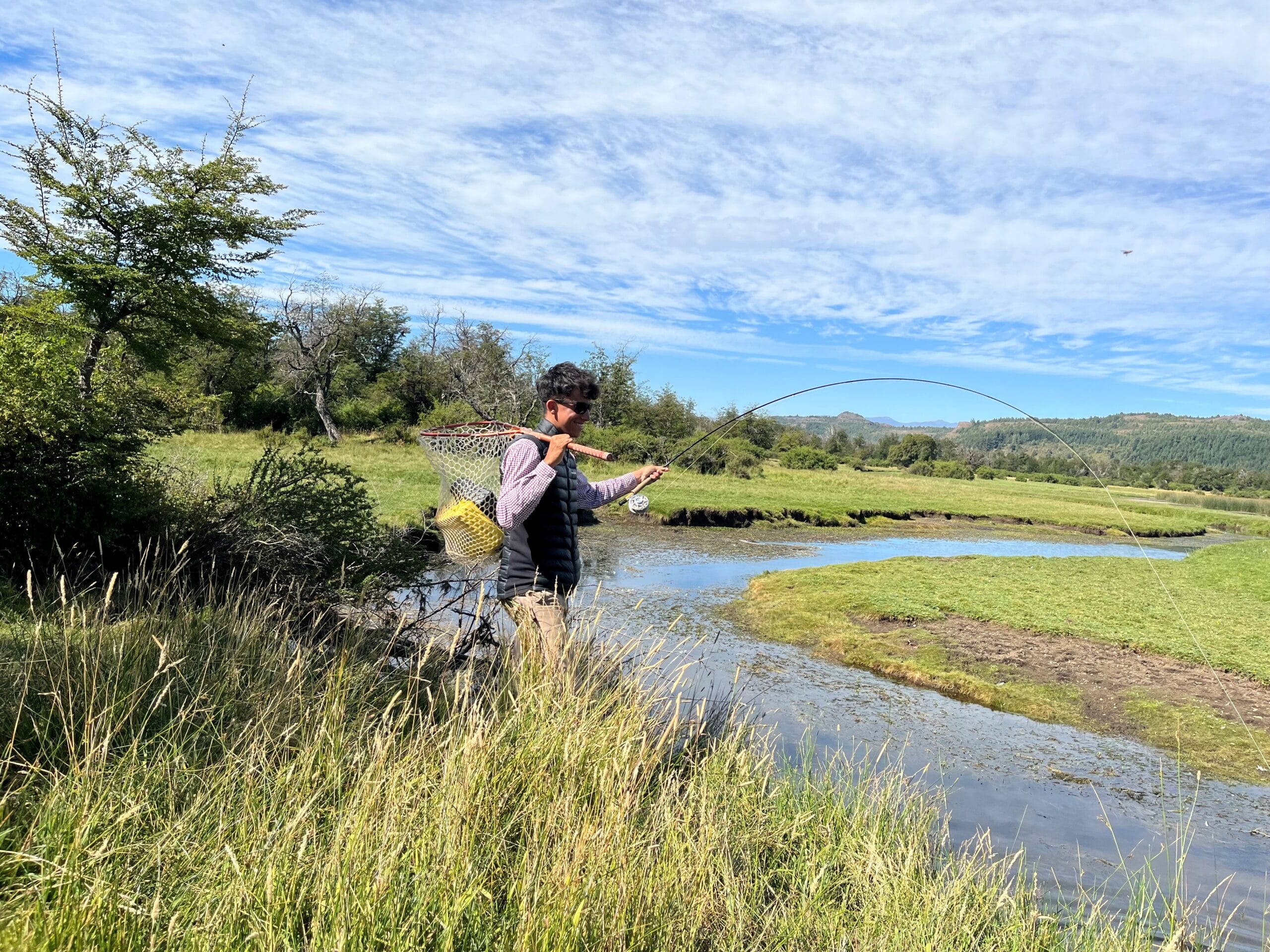Pete Wood, who after interning with TU became a lawyer in Idaho, taught me to tie my first bread fly (from an old kitchen sponge, and it was deadly on Potomac River carp). I caught my largest native rainbow in Alaska last year with Brian Bowe at the Alaska Sportsman’s Lodge. Pat Berry, who now leads our partner organization, Backcountry Hunters and Anglers, taught me to throw a reach cast when he was a guide on the Missouri River in Montana at least 25 years ago.
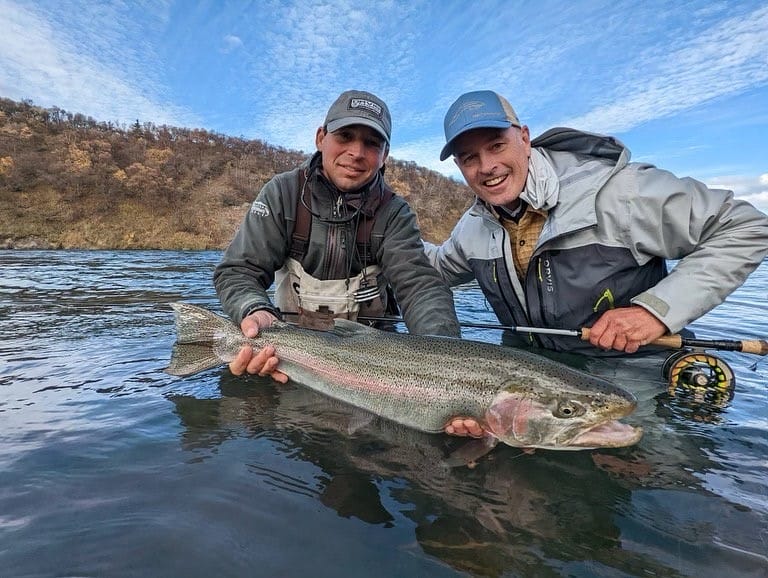
Guides rock, and guiding is a hard business. Their hands are always wet. Back and shoulders sore. Constantly bending over to tie a new knot or a fly. Counseling anglers of various, and in my case, dubious, skill levels to put it closer to the bank; mend upstream; “set, set, set!”
Guides are the best combination of the listening bartender and the garrulous barber. An average guide will put you on fish. A good guide will make you a better angler. The best guides will make you a better conservationist. The best guides intuitively understand and communicate to their clients the connection between clean water, healthy habitats and better fishing.
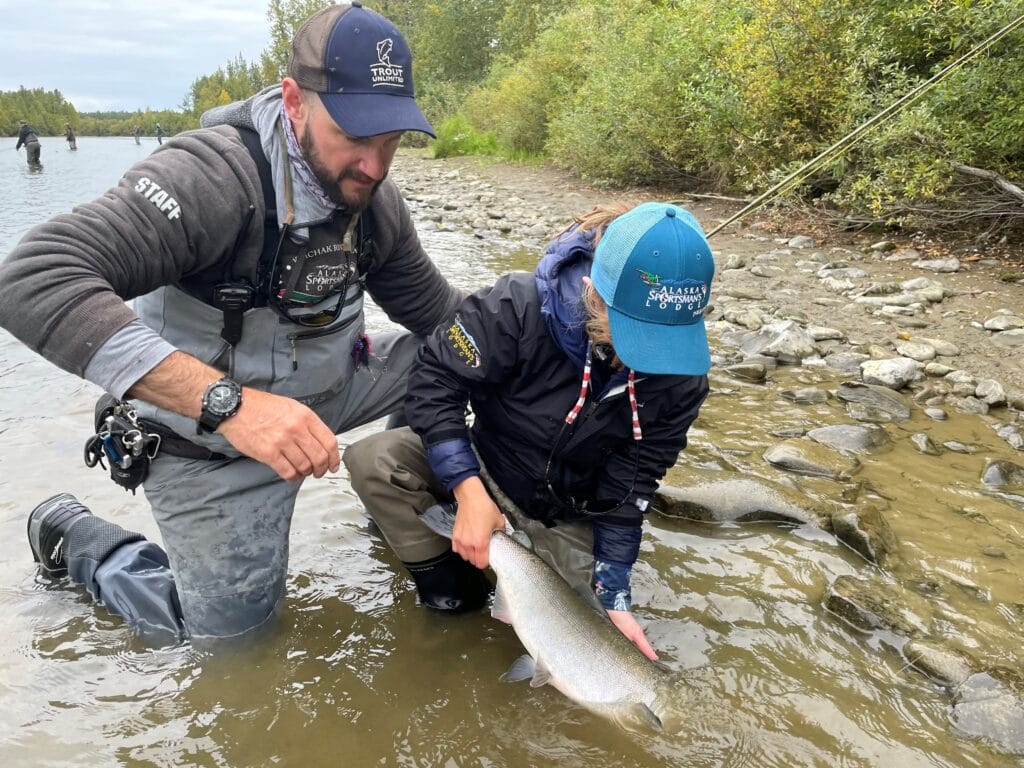
They will tell you to throw your fly behind the big tree that fell from the forest along the stream because the landowner did not cut it down. They will tell you to pound the bank with streamers because the grass along the bank is tall (because the landowner allowed it to grow) and ants, grasshoppers and mice will fall into the creek. They will see a tangle of logs along the bank, that a TU staff crew installed, to mimic the large wood that would be in the river but for historic timber cutting, and make sure you work your fly slowly and carefully because the trout find cover in those snags and snarls.
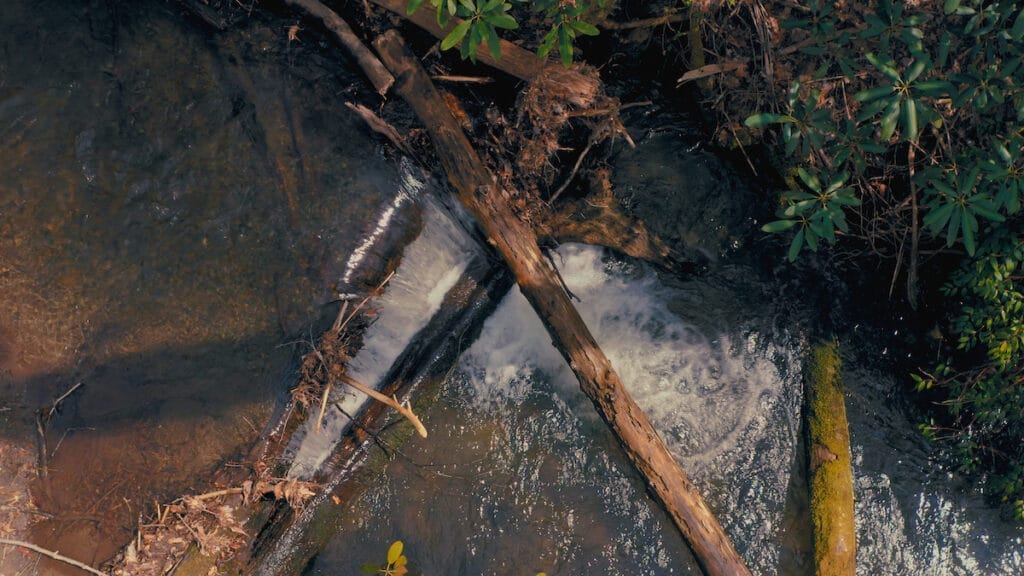
I think about the influential people in my life. Mom and Dad top the list. My family is right up there. Jack Casey, a high school English teacher who motivated my love of reading and for whom my middle child, Casey, is named is another. My grandfather, Herbert Wood, had a tuneless whistle that I imitate today, and could fix anything.
I can honestly say that at that singular moment in time on the river, no-one, and I mean no-one, is more influential than my guide for the time that I am in their boat or by their side. They point out habitat features I do not see. They have years of experience to convince me to cast to “Norman” in his favorite spot. They remind me to slow down.
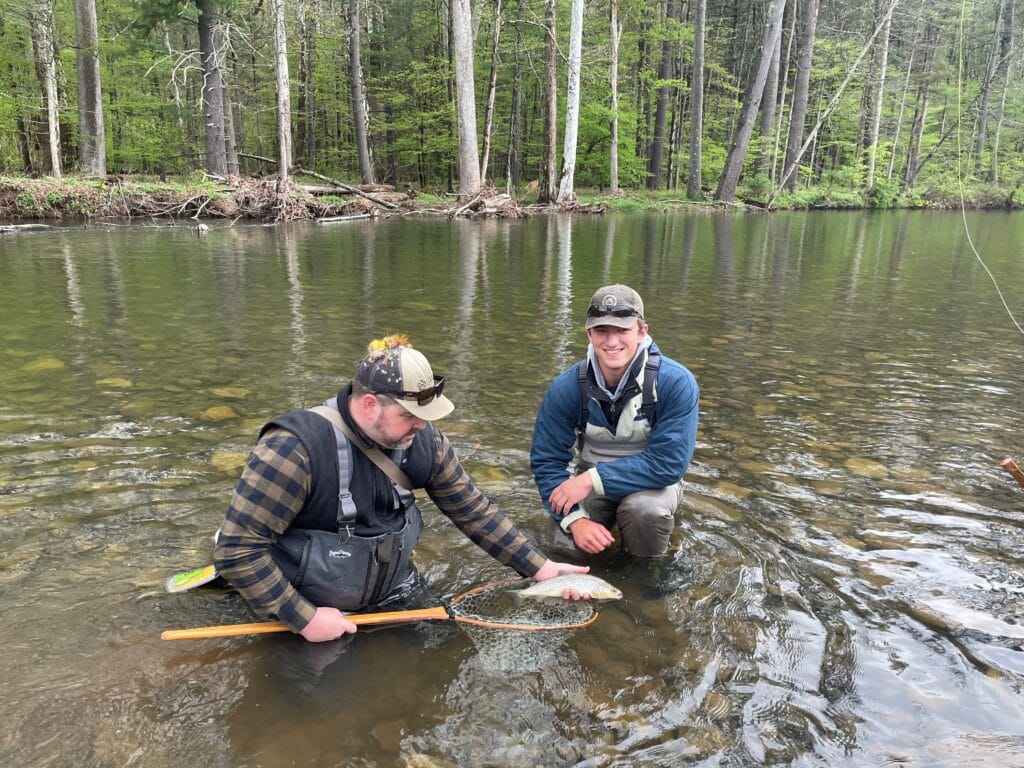
Pancho Panzer, a TU Business leader from the Carrileufu River Lodge will say, “Chris, slow down, slow down! You are putting way too much power in that cast.” I then slow my cast down, and better results typically occur.
I have dedicated my professional life to conservation and have always wished I could somehow convince more guides to use their influence to convince more anglers to become advocates for Trout Unlimited and conservation.
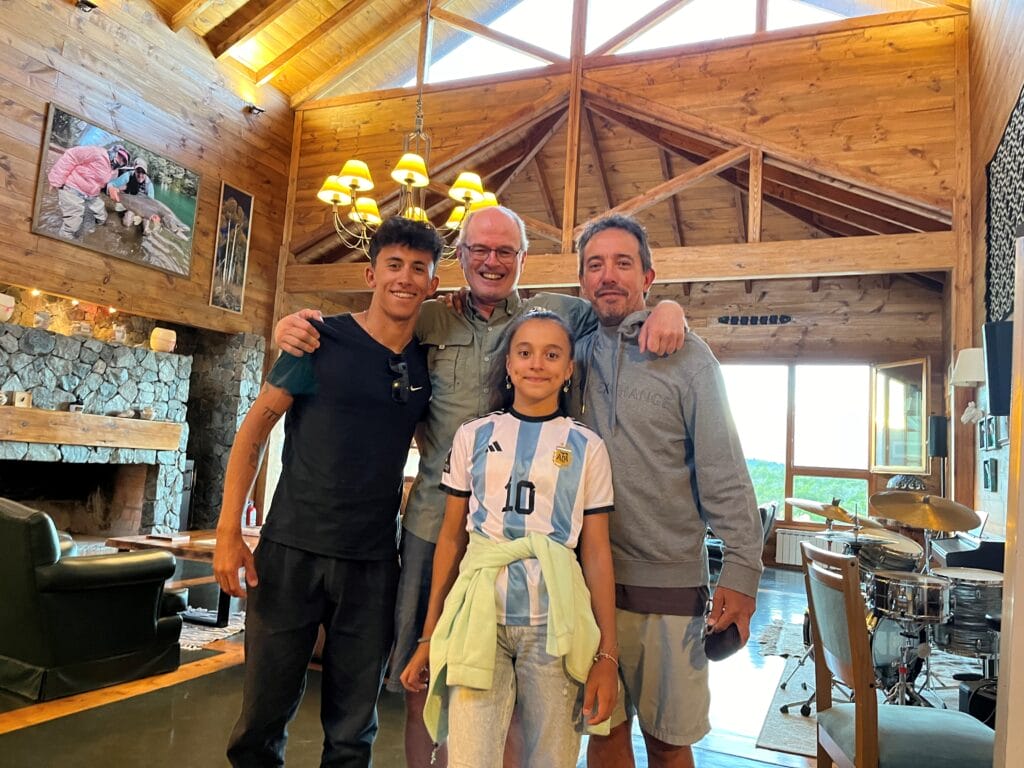
Every year, Rick Nyles, of Sky Blue Outfitters in PA, runs an auction where someone “wins” the chance to fish for a weekend with me, and he donates that money right back to the PA Council of TU.
Right before COVID, I fished with a guide out of western North Carolina named, Heath Cartee, of Pisgah Outdoors. He advocated to me and volunteers in North Carolina that we take a harder stand on the state of North Carolina for their hatchery practices. He said “we can embolden and rally a mostly quietly disgruntled sector of the angling public to speak out louder and beat the drum of wild fish first. I think it could spark a movement that will eventually play out for the better over the long arc of time.”
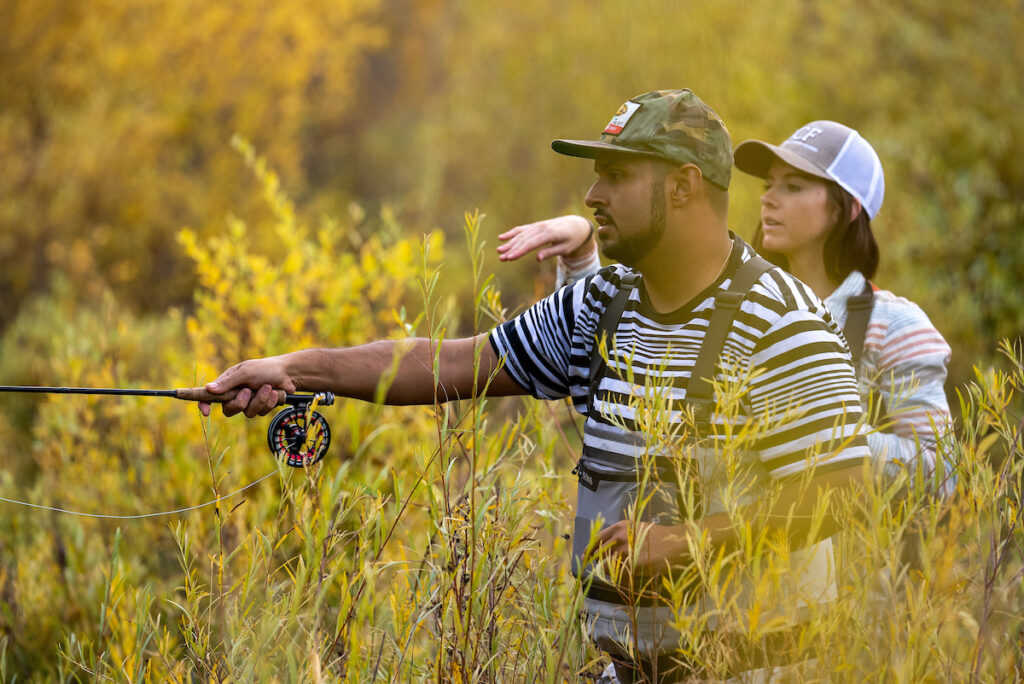
I may have only spoken to Heath once or twice in the past few years, but my time with him made me a better advocate for wild and native fish.
Let’s hear it for the guides who educate, advocate and mobilize anglers for conservation.



